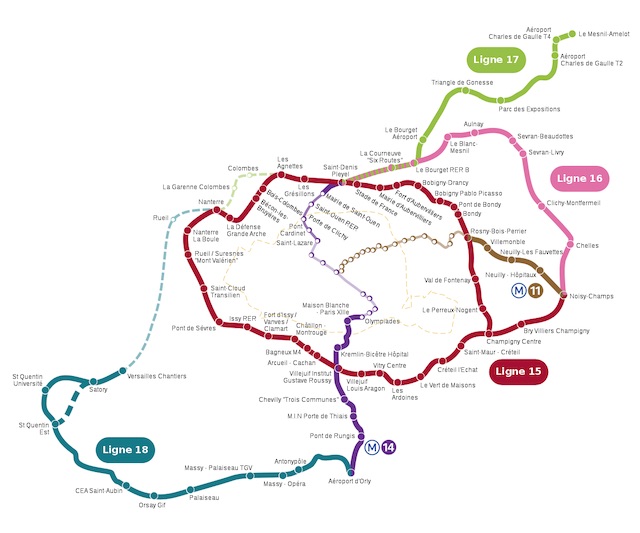Back in 2010, when the Federal Transit Administration admitted that the transit industry had a $78 billion maintenance backlog, America’s largest transit system seemed to be in the best shape of those with legacy (older than 40 years) rail lines. Having undergone its own crisis in the 1970s, the New York Metropolitan Transit Authority appeared to be adequately funded and was not suffering the huge problems faced by transit agencies in Boston, Chicago, Philadelphia, and Washington.
No more. While Boston, Chicago, and Washington transit systems are worse than ever (and Philadelphia’s is only slightly better off), New York’s subways seem poised to catch up. According to Streetsblog, between November, 2012 and November, 2016, weekday subway delays grew by 322 percent.
To be fair, one month (November) is probably not a long enough period to measure a trend. Comparing MTA’s February 2012 and 2017 performance reports, the subway’s on-time record fell from 85.4 percent in 2011 to 66.8 percent in 2016. Part of the cause is an increasing failure rate of MTA’s rolling stock, which grew from one failure every 172,700 miles in 2011 to one every 112,200 miles in 2016. Both of those numbers indicate serious problems. On top of this, most of the subway system’s escalators and elevators are also out of service. Continue reading →








